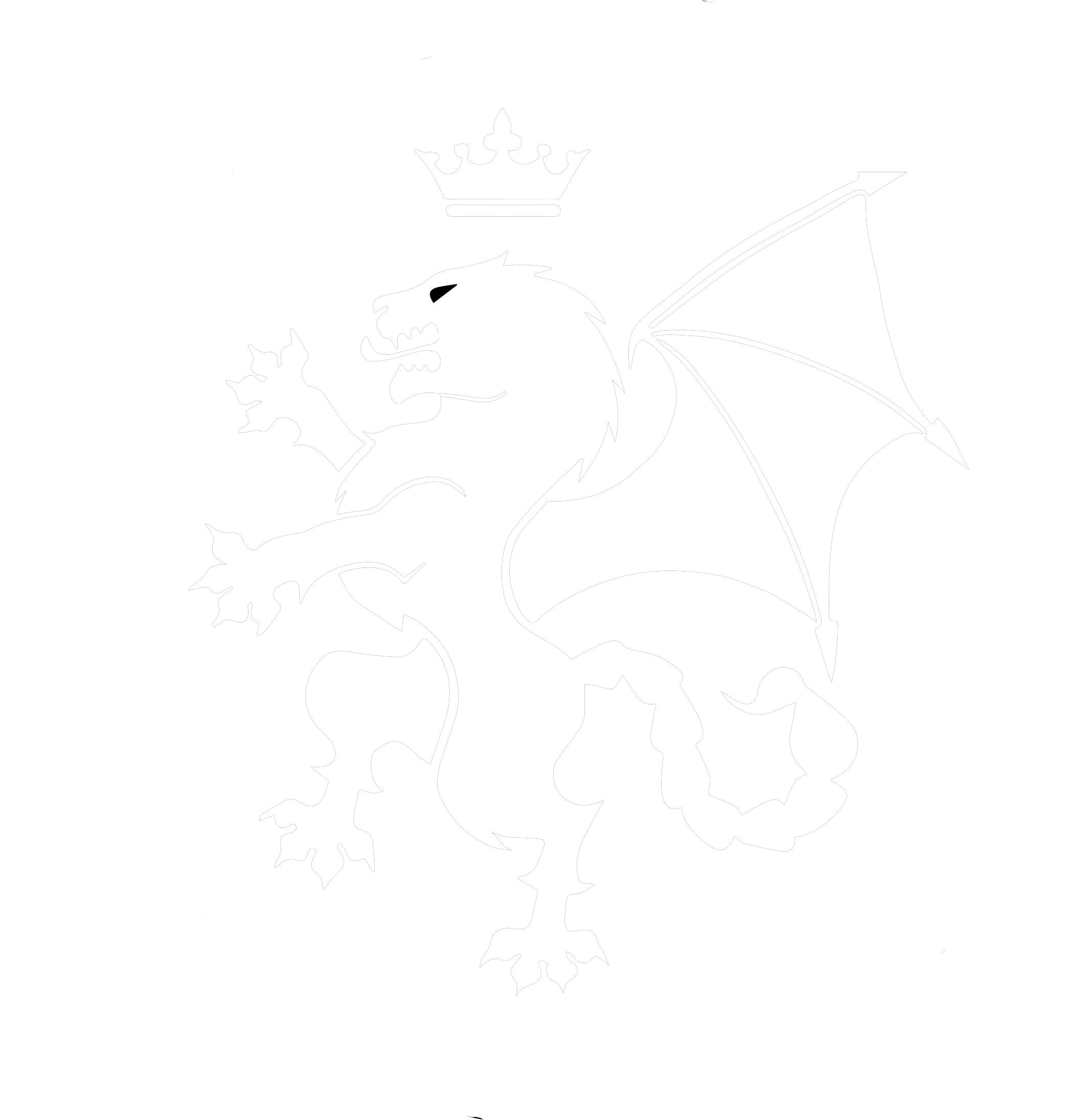Juleigh Howard-Hobson
While a few cultures and religions hold swine in vehement disdain, the noble pig has been, for the most part, celebrated and revered throughout human history – particularly where harvests are concerned.
The word sow holds two meanings. One pertains to a female pig, the other to the act of planting a harvest. Perhaps it is just coincidence, but it is a very interesting one because the pig has so often been the centre (indeed the centrepiece) of harvest festivals since time immemorial.
The Ancient Egyptians annually sacrificed sows to Osiris in their harvest moon festival – (until Lower Egypt symbolised by Set and a black boar – was defeated and pigs were declared abhorrent). The Ancient Greeks considered swine sacred to the harvest and the grain-goddess Demeter, and swine were sacrificed during Thesmophoria, the annual harvest festival. Later, when the cult of Ceres, the Ancient Roman harvest/cereal-goddess, replaced the cult of Demeter, the swine sacrifices were performed in her honour.
The Romans also sacrificed pigs to the Lares (household Gods) in order to cure illnesses.
This curative power of the porcine nature found its way through time (and space) to become part and parcel of the traditions of the Roman Catholic Church – embodied in the Patron Saint of Domesticated Animals: Saint Anthony. He is frequently depicted with a pig companion, having cured one. Traditionally farmers brought one pig from every single litter to be blessed in St. Anthony’s name at church, ritually ensuring their next harvest was healthy and abundant.
This connection of pigs with harvests is not limited to the ancient world of the Mediterranean. Far away from the libraries of classical antiquity, we find Hawaiian tales of the demigod Kamapua’a – or ‘pig child’ – who turns the volcanic rock of the islands into fertile soil (with his rooting and manure) and so becomes associated with Lone, the god of harvest and agriculture.
In a unique permutation of the harvest/hog connection, the Babi Ngepet of Java is a magical pig-demon created when a person uses ‘pesugihan babi’ (black magic) to conjure up a fortune for him or herself. To harvest this abundance (so to speak) the practitioner gives up (in other words, sacrifices) themselves and becomes a Babi Negpet for a specific amount of time. Some say that this transformation can also be in the form of regular possession (like a werepig).
In the Ancient Norse world, we find the divine twins, Frey (strength and abundance) and Freya (fertility and magic), associated with and protectors of pigs. Gullibursti (the golden-bristled boar of Frey) and Hildisini (‘Battle Swine’, the companion of Freya) are both celebrated and ritually sacrificed during the Yule Feast when the traditional pig is presented with a red apple in its mouth. This meat and presentation are symbolic of everything from divine agricultural rebirth (Idunna’s apples of regeneration) to the magical meat of Saehrimnir, the ever harvested boar of Valhalla, who is slaughtered and cooked and eaten daily to be reborn again the next day.
Finally, there is the Arthurian connection of pigs and harvest, which, like the Javanese Babi Ngepet, is clearly derivative, but based on the core legend: a noble baby is delivered in a pigsty, taken by a swineherd and brought up as a foster child but…it is discovered that he is Culhwch, the cousin of Arthur, King of the Britons. From the dirt of the pig pen grows a new branch of a noble tree – as this boy born by pigs sheds his swinish past and is granted a great harvest of anything he wishes: “Arthur said, ‘This is true. You are first cousin to me. Name what you will name, and that which your head and your tongue might name you will obtain.’”1
While sometimes the thread is slightly crooked, there has been a long and noble sewing (or should I say sowing) together of hogs and harvests throughout humanity’s history. Whether it is to be used for spiritual or practical gain, the combination of a sacrifice and a pig has always resulted in abundance.

